Farmers in Hien Thanh commune harvest taro - Photo: HT
Since the beginning of April 2025, farmers in Kim Thach and Hien Thanh communes have been focusing on harvesting taro. Traders are purchasing taro tubers at prices ranging from 10,000 - 12,000 VND/kg, higher than the same period in 2024.
Ms. Nguyen Thi Niem, in Tan An village, Hien Thanh commune, said: “My family grows 4 sao of taro (grenadine taro). From planting to harvesting takes about 6 months, it does not cost too much investment capital, just need to fertilize and clean weeds for the plants to grow. Each sao of taro yields about 800 - 900 kg of tubers. With the current selling price, growing taro is more profitable than other crops such as corn, beans...”.
Excited that the harvested area of taro was bought by traders right in the field, Ms. Nguyen Thi Huong, in Tan An village, Hien Thanh commune, shared that her family had just harvested more than 3 sao of taro. Although the weather was unfavorable, the yield was not high, but in return, the selling price increased compared to last year, so there was still a profit.
“After many years of growing taro, I have found that the local soil and climate conditions are very suitable for this crop. In the coming time, my family will continue to expand the taro growing area, focus on care and fertilization according to the correct process and instructions of agricultural extension officers so that the plants achieve higher productivity and quality, thereby increasing family income,” said Ms. Huong.
Kim Thach Commune is the locality with the largest taro growing area in Vinh Linh district with main varieties such as: taro, taro nich, taro wax. Chairman of Kim Thach Commune People's Committee Duong The Ha informed that in 2025, the whole commune will have 137 hectares of taro of all kinds for harvest with an average yield of about 14 tons/ha, output of 1,918 tons.
Currently, taro is one of the main, short-term crops, bringing in a good income for many households in the commune. During the taro harvest season, people do not need to sell far away, traders from many other places come to buy the product in the fields. Then they redistribute it to the markets of the northern provinces. Locally grown taro is famous for its delicious taste, the taro root is soft, very fragrant, good for health, so many people love it. After deducting labor costs and money to buy fertilizer and seeds, the profit is also quite high, helping people have more expenses to cover their living expenses and reinvestment.
Taro is also a crop that is taking root and growing well on the poor sandy soil in Vinh Thai commune. Among them, taro is one of the priority crops to be included in the production structure, becoming one of the main crops, helping to increase income for people.
From the initial 6 hectares of experimental Mon nich planted in the villages of Dong Luat and Thu Luat, the entire Vinh Thai commune has now developed over 60 hectares of Mon nich with the participation of over 200 households. Notably, in 2023, the commune will receive support from Subcomponent 3 “Investment packages to create benefits from coastal forests” of the project “Modernizing the Forestry Sector and Enhancing Coastal Resilience” (FMCR) funded by the World Bank (WB).
With the support of the Agricultural Extension Center, the technical unit directing agricultural livelihood packages has implemented a model of growing taro in an organic and food-safe direction on 2 hectares of sandy land in Tan Hoa village. This is also the first time the model has been implemented locally with organic farming methods and off-season planting.
Through the implementation process, the model has achieved high results and brought "double efficiency" to the people when they not only harvested the main product, taro (main root), but also harvested the small roots and stems of taro. Currently, the model is still being maintained by local people in 2025.
Deputy Head of the Department of Agriculture and Environment of Vinh Linh District, Diep Hong Cuong, informed that up to now, the whole Vinh Linh district has nearly 500 hectares of taro of all kinds. The economic value is increasingly higher than that of some other short-term crops, so many localities, especially the communes in the eastern part of the district, continue to maintain and expand the production area of taro in the direction of goods.
Although taro has been grown by farmers in Vinh Linh district for a long time and is favored by many consumers inside and outside the province, the development of this plant is still not systematic, the price still depends on traders, and the output is uneven among localities...
In order for people to feel secure in growing taro, in the coming time, authorities at all levels and the agricultural sector need to continue to have plans to support techniques and measures to prevent and control pests, especially need to orient and have plans to support linkages and product consumption for people to develop this crop into a raw material area serving the processing and export industry, increasing the value of cultivation per unit area.
Autumn Summer
Source: https://baoquangtri.vn/duy-tri-va-mo-rong-dien-tich-trong-mon-theo-huong-hang-hoa-o-huyen-vinh-linh-193924.htm


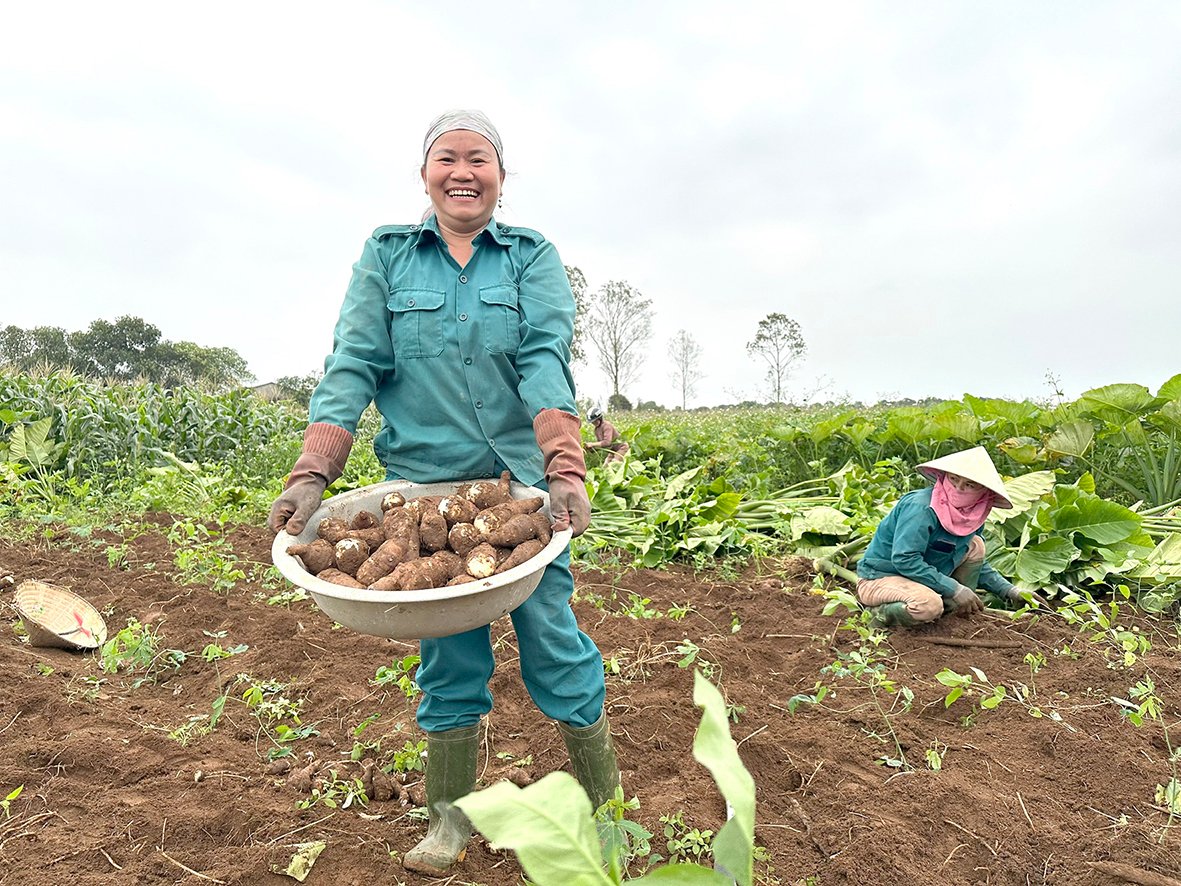
![[Photo] Vietnamese and Hungarian leaders attend the opening of the exhibition by photographer Bozoky Dezso](https://vphoto.vietnam.vn/thumb/1200x675/vietnam/resource/IMAGE/2025/5/28/b478be84f13042aebc74e077c4756e4b)
![[Photo] 12th grade students say goodbye at the closing ceremony, preparing to embark on a new journey](https://vphoto.vietnam.vn/thumb/1200x675/vietnam/resource/IMAGE/2025/5/28/42ac3d300d214e7b8db4a03feeed3f6a)


![[Photo] Prime Minister Pham Minh Chinh receives a bipartisan delegation of US House of Representatives](https://vphoto.vietnam.vn/thumb/1200x675/vietnam/resource/IMAGE/2025/5/28/468e61546b664d3f98dc75f6a3c2c880)
![[Photo] General Secretary To Lam works with the Central Policy and Strategy Committee](https://vphoto.vietnam.vn/thumb/1200x675/vietnam/resource/IMAGE/2025/5/28/7b31a656d8a148d4b7e7ca66463a6894)
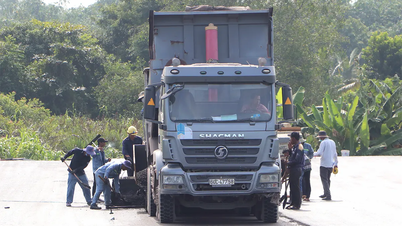


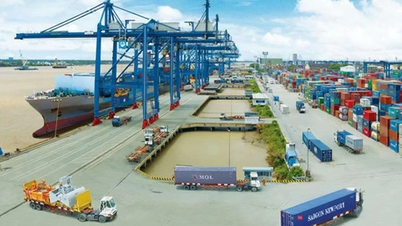
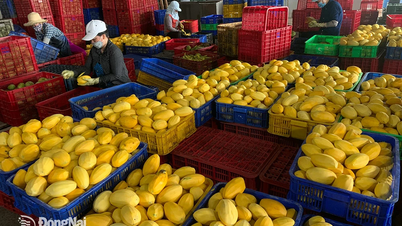


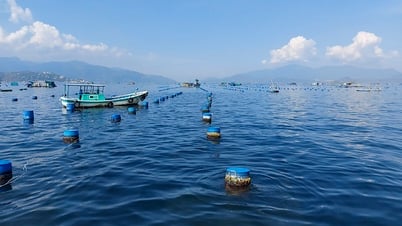





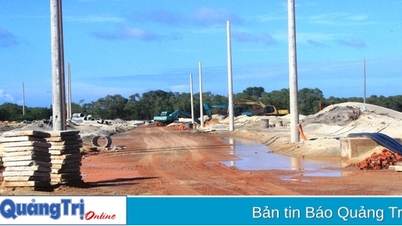

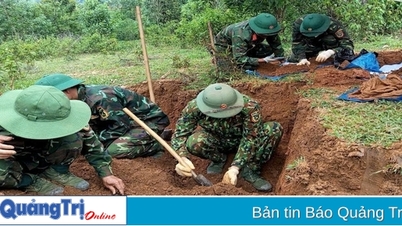
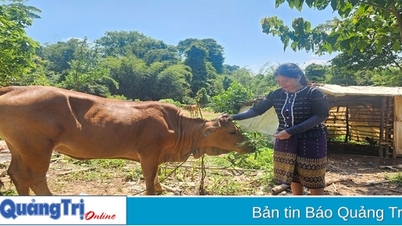
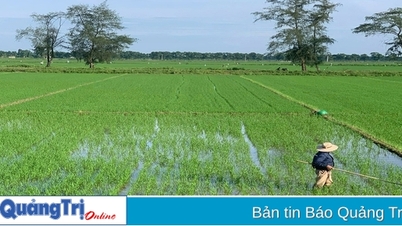
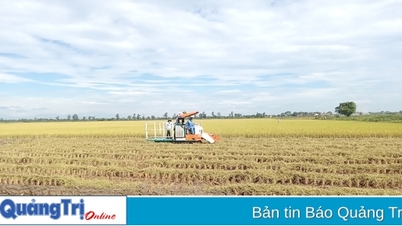




















































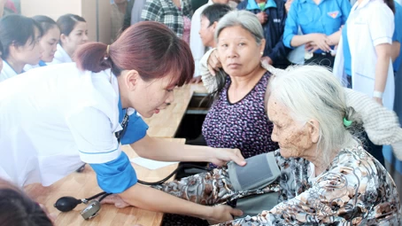








Comment (0)